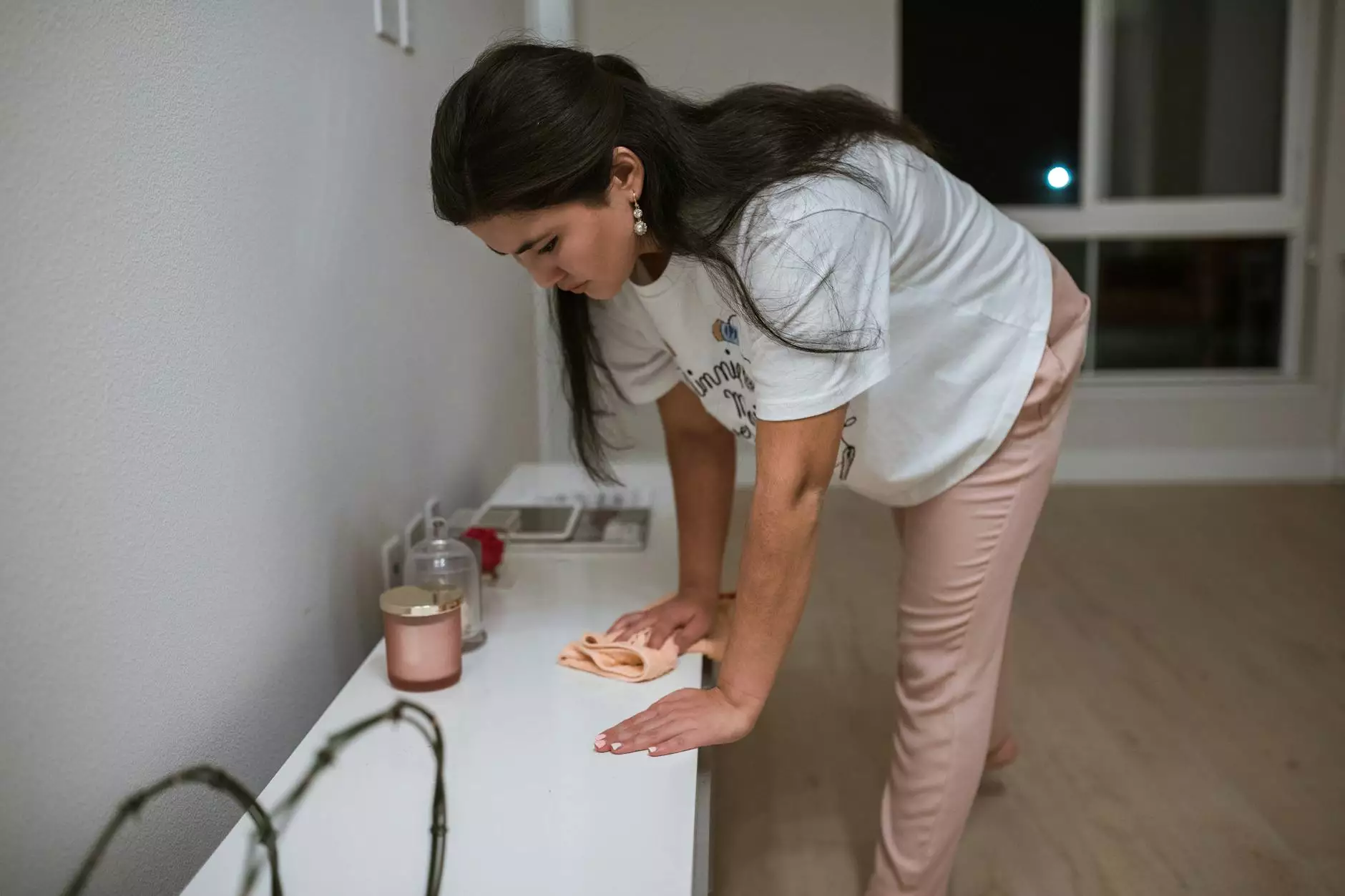The Comprehensive Guide to the Office Hysteroscopy Procedure

The office hysteroscopy procedure is a revolutionary technique in women’s healthcare, offering minimally invasive insights into the uterus. As the understanding of women’s reproductive health advances, procedures like these have become essential tools for physicians and patients alike. This article delves into the benefits, process, preparation, and aftercare associated with the office hysteroscopy procedure, ensuring that you are well-informed.
What is Office Hysteroscopy?
Office hysteroscopy is a diagnostic procedure that utilizes a hysteroscope, a thin, lighted tube with a camera, to visualize the inside of the uterus. Unlike traditional hysteroscopic surgeries that may require general anesthesia and hospitalization, this procedure is performed in a doctor's office setting with minimal discomfort.
Benefits of Office Hysteroscopy
- Minimally Invasive: The procedure is less invasive compared to traditional methods, offering a lower risk of complications.
- Quick Recovery: Patients can often resume daily activities immediately after the procedure.
- Reduced Anesthesia Risks: The use of local anesthesia significantly reduces the risks associated with general anesthesia.
- Immediate Results: Many physicians can provide preliminary findings during the appointment, facilitating quicker decision-making for any necessary follow-up.
- Enhanced Patient Comfort: The office environment tends to be more relaxed than the hospital setting.
When is an Office Hysteroscopy Recommended?
Doctors may recommend an office hysteroscopy for various reasons, including:
- Diagnosing uterine abnormalities such as polyps and fibroids
- Investigating causes of abnormal uterine bleeding
- Assessing recurrent miscarriages
- Evaluating intrauterine device (IUD) placement or displacement
- Sampling of uterine lining (endometrial biopsy)
Preparation for the Procedure
Preparation is crucial for the success of any medical procedure, including office hysteroscopy. Here’s how you can prepare:
- Consultation: Schedule a consultation with your healthcare provider to discuss your medical history, medications, and any prior surgeries.
- Timing: It is generally advised to schedule the procedure within the first half of your menstrual cycle to avoid any potential complications.
- Medications: Follow your doctor's instructions regarding medication use. You may be advised to avoid blood thinners before the procedure.
- Fasting: In some cases, your doctor may recommend you fast for a few hours before the procedure, especially if sedation is offered.
The Procedure: What to Expect
The actual office hysteroscopy procedure typically takes about 15 to 30 minutes and follows these steps:
- Preparation: After checking in, you’ll change into a gown, and the healthcare team will explain the process and answer any questions you may have.
- Anesthesia: A local anesthetic may be applied to minimize discomfort during the procedure.
- Insertion of the Hysteroscope: The doctor will gently insert the hysteroscope through the cervix into the uterus. A saline solution may be used to distend the uterus for better visibility.
- Visualization: The camera provides a clear view of the uterine lining and any abnormalities, which the doctor can document or treat as necessary.
- Conclusion: After the examination, the hysteroscope is removed, and you’ll be monitored briefly before being discharged.
Aftercare and Recovery
Post-procedure care is essential for ensuring a smooth recovery. Here’s what to expect:
- Mild Discomfort: You may experience mild cramping or spotting for a few days, which is normal.
- Rest: It’s advisable to take it easy for the rest of the day and avoid strenuous activities for a short period.
- Follow-Up: Attend any follow-up appointments to discuss your results and any necessary next steps.
- Watch for Symptoms: Contact your doctor if you experience severe pain, heavy bleeding, or signs of infection.
Risks and Considerations
While the office hysteroscopy procedure is generally safe, it is not without risks. Potential complications can include:
- Infection: A risk associated with any invasive procedure.
- Uterine Perforation: Rarely, the hysteroscope can cause a tear in the uterine wall.
- Heavy Bleeding: Some patients may experience excessive bleeding post-procedure.
It is important to discuss these risks with your doctor before proceeding, as they can help weigh the potential benefits against the risks based on your individual health profile.
Success Rates and Effectiveness
The success rate of office hysteroscopy in diagnosing and treating intrauterine conditions is quite high. Many women who undergo this procedure find relief from symptoms associated with fibroids, polyps, and other uterine issues. The cold biopsy technique or the removal of certain growths often leads to substantial improvement in symptoms.
Conclusion
The office hysteroscopy procedure has transformed the way gynecologists diagnose and treat conditions related to the uterus. By offering a minimally invasive option, it enables women to receive care in a safe, comfortable environment, all while allowing for quick recoveries and immediate feedback from their doctors.
If you believe this procedure is right for you, or if you have any questions related to your reproductive health, don't hesitate to contact a qualified specialist. Discover how advancing technologies in women's health can empower you to take control of your reproductive health like never before.
Meet Dr. Seckin
For comprehensive care in obstetrics and gynecology, trust Dr. Seckin and his experienced team. With a focus on innovative practices and patient comfort, they are committed to providing top-notch care for every individual. Visit drseckin.com for more information on services offered and to schedule your consultation today.









